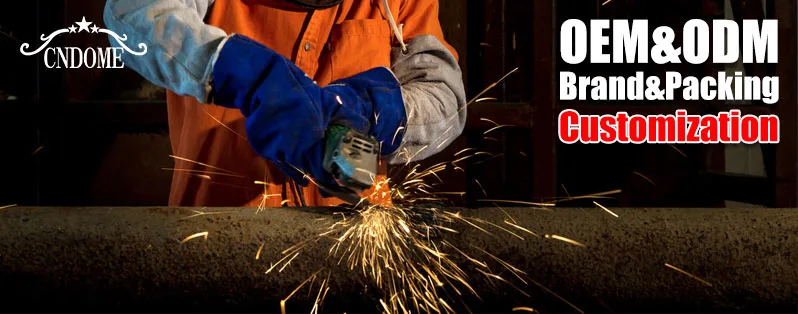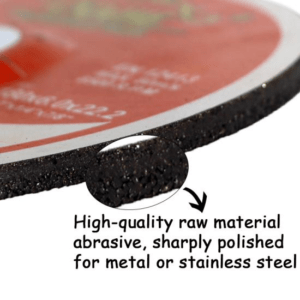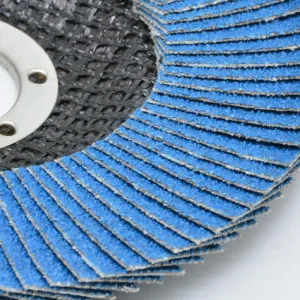Introduction
Cutting metal is a precise and demanding task, and the choice of the right abrasive grit can significantly impact the success of your project. The grit you select determines the quality of your cut, the speed of your work, and the longevity of your cutting tools. In this blog, we’ll explore the various grit options available and help you understand which grit is best for cutting metal.
Understanding Grit in Abrasives
Grit, in the context of abrasives, refers to the size of the abrasive particles embedded in the cutting or grinding tool. It is typically measured in microns, and the grit number represents the number of particles in one linear inch of the abrasive surface. The higher the grit number, the finer the abrasive particles. This principle is crucial when choosing the right abrasive for cutting metal.
The Right Grit for Metal Cutting
Coarse Grit (40 to 80):
Coarse grit abrasives, with grit numbers ranging from 40 to 80, are typically used for rough cutting or grinding applications. They remove material quickly and are well-suited for initial cuts through thick metal.
Medium Grit (100 to 180):
Medium grit abrasives, within the 100 to 180 range, are versatile and commonly used for both rough and finish cutting. They offer a balance between material removal and surface finish.
Fine Grit (220 to 600):
Fine grit abrasives, ranging from 220 to 600, are excellent for finishing and precision cutting. They provide a smooth, polished finish and are suitable for delicate work on thin or soft metals.
Choosing the Right Grit
The choice of grit depends on several factors:
Material Thickness: Thicker metal often requires coarser grits to make initial cuts, while finer grits are more suitable for precision work on thin metal.
Material Hardness: Harder metals may require coarser grits to effectively remove material.
Cutting Speed: Coarser grits remove material more quickly, while finer grits offer better precision but at a slower pace.
Surface Finish: Consider the desired surface finish; if a polished finish is essential, opt for finer grits.
Tool Compatibility: Ensure your cutting tool is compatible with the chosen grit size.
Safety: Always prioritize safety; finer grits may produce less heat and sparks, reducing the risk of accidents.
Conclusion
The choice of the best grit for cutting metal depends on your specific needs and the nature of your project. For rough cuts on thick, hard metals, start with coarser grits. Transition to medium grits for versatility, and employ finer grits for precision and finishing work. In any case, always prioritize safety by using the appropriate grit for the job and ensuring your tools and protective gear are up to the task. Remember that a well-informed grit choice is a key factor in achieving exceptional results when cutting metal.



